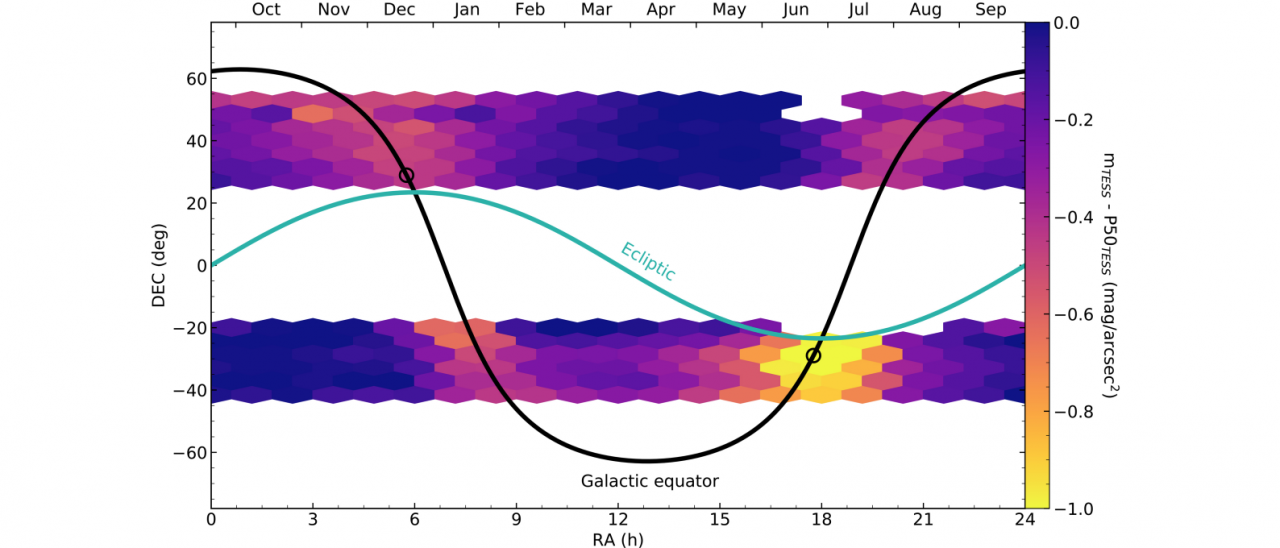In 2018, Solar Cycle 24 entered into a solar minimum phase. During this period, 11 million zenithal night sky brightness (NSB) data were collected at different dark sites around the planet, including astronomical observatories and natural protected areas, with identical broadband Telescope Encoder and Sky Sensor photometers (based on the Unihedron Sky Quality Meter TSL237 sensor). A detailed observational review of the multiple effects that contribute to the NSB measurement has been conducted with optimal filters designed to avoid brightening effects by the Sun, the Moon, clouds, and other astronomical sources (the Galaxy and zodiacal light). The natural NSB has been calculated from the percentiles for 44 different photometers by applying these new filters. The pristine night sky was measured to change with an amplitude of 0.1 mag/arcsec2 in all the photometers, which is suggested to be due to NSB variations on scales of up to months and to be compatible with semiannual oscillations. We report the systematic observation of short-time variations in NSB on the vast majority of the nights and find these to be related to airglow events forming above the mesosphere.





